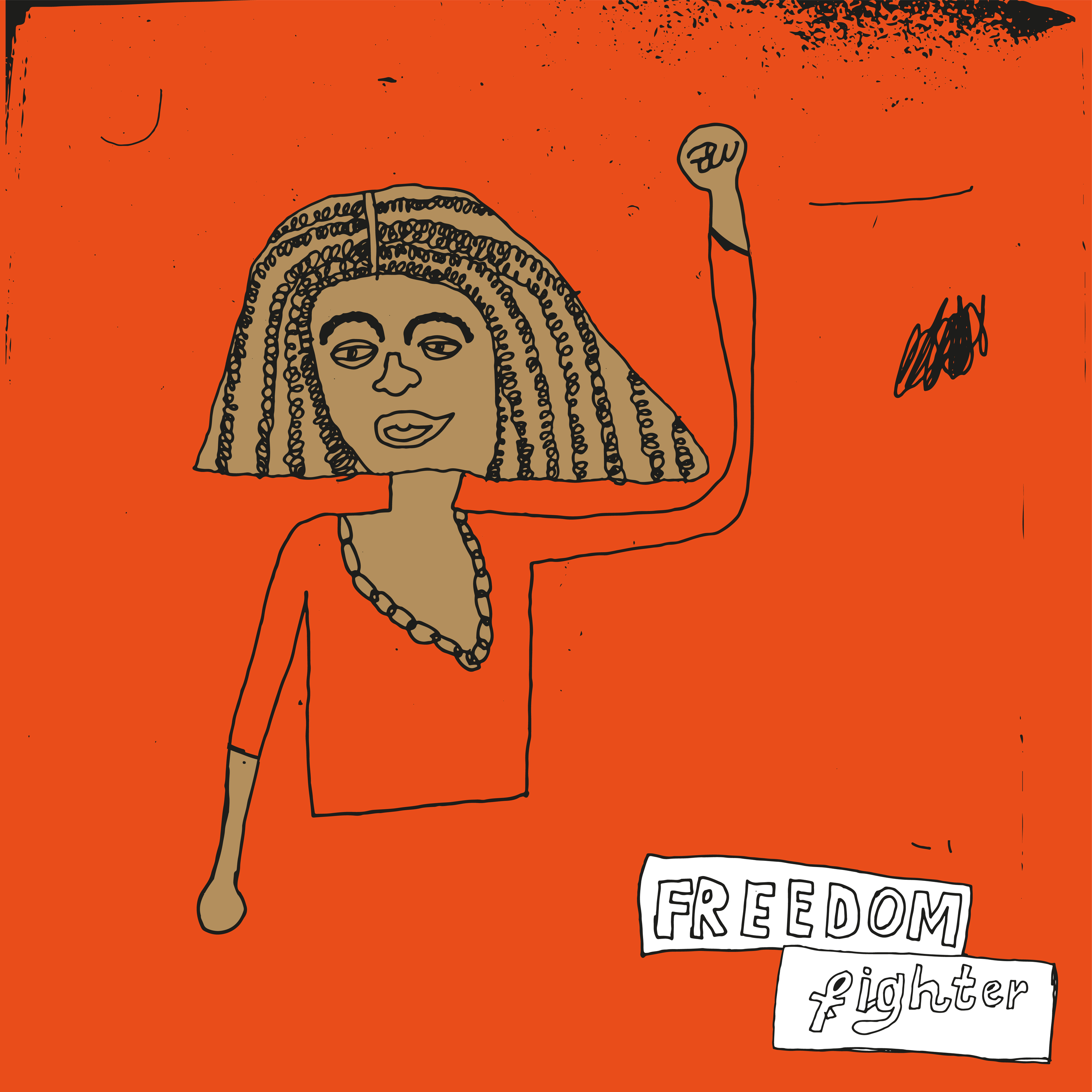|
Healing and Transformation: Helen A. Neville, PhD Certainly the slaves understood better than anybody that to be able to love blackness in a white world they had to create images—representations of their world that were pleasing to the sensibilities and to the eye. So they made quilts and dolls and all kinds of images that gave them a loving mirror of blackness to look into and be renewed (bell hooks, Sisters of the Yam) My mother taught me what it means to be a Black woman; she provided me a blueprint for how to survive and find joy and meaning along the journey. bell hooks gave me the language and analytic tools to describe the journey. Much like our ancestors stitching quilts, bell hooks’ writings provide Black girls and women and people an honest yet loving mirror for us to gain affirmation of our beingness; to be renewed with possibilities of who we are and who we can become. The honesty of hooks’ writings allowed many of us, including me, opportunities to reflect on our condition. To identify the ways in which white supremacy, racism, sexism, and capitalism shape our individual and collective experiences. When I learned of bell hooks’ passing in December, I was flooded with memories of her work and how they influenced my own development. I wish I still had the tattered copies of Ain’t I a Woman (1981) and Feminist Theory: From Margin to Center (1984)that I read as a college student in the mid-to-late 1980s. It seemed like every page was highlighted and marked with observations and comments. I was introduced to the history of racism and sexism against Black women in Ain’t I a Woman. Reading her words contextualized the treatment of Black girls and woman that I observed and that I lived. I probably read the book in one sitting. I gave the book away as gifts to family members, eagerly waiting for them to read it so we could talk about its content. For the first time I saw myself, my mother, her mother, and the mothers before her reflected in a text about our shared past and futures. From Margin to Center was particularly impactful to me. The idea of moving the voices and experiences of those who sit in the margins of academic writing and feminist movements to the center seems so simple today; but in the 1980s it opened the door for more radical thinking for a generation of Black women. Black women’s lived experiences, hooks argued in From Margin to Center, can help create the foundation of liberatory praxis: To build a mass-based feminist movement, we need to have a liberatory ideology that can be shared with everyone. That revolutionary ideology can be created only if the experiences of people on the margin who suffer sexist oppression and other forms of group oppression are understood, addressed, and incorporated. (bell hooks, Feminist Theory: From Margin to Center, 1984, p. 161). Before psychologists and other mental health practitioners began writing about healing from racial trauma, bell hooks published Sisters of the Yam (1993). I remember hearing criticisms at the time about whether she was qualified to write about emotional healing. hooks, in my opinion, was the perfect person to write on the subject. To paraphrase South African/Botswanan writer Bessie Head, hooks wrote because she had the authority from life to do so. In Sisters of the Yam, she described what individual and collective “self-recovery” entails for Black women. As I reread the text, I was surprised to see that hooks outlined key aspects of radical healing nearly three decades ago. hooks uncovered the wounds that experiences with white supremacy, racism, sexism, and capitalism have on Black women’s “hearts, minds, bodies and spirits.” In Sisters of the Yam, she mentioned the knowledge our ancestors possessed about healing and experiencing joy despite the adversity we encounter. But most of the text details the ways in which these systems of oppression can estrange some people from “life-affirming worldviews and life practices.” I agree with hooks’ assessment that healing from social identity-based wounds is a prerequisite for sustained involvement in Black liberation movement and struggles. There is so much in this text that speaks to me and what I know. I hope other Black women (re)visit the work and reflect on the lessons she imparts on self-recovery, including storytelling and communication as key components of Black women’s healing process, the therapeutic benefits of truth-telling to oneself and others, the restorative impact of collective unmasking and naming interlocking forms of oppression, and need for self-compassion. bell hooks transformed lives and the way in which scholars, activists, mothers, students, and workers understood their experiences and what is possible in the future. She unapologetically centered Black women’s knowledge; she boldly named and theorized interlocking forces of oppression before it was acceptable in the academy; and she showed us ways to love and heal and transgress. To honor her life, I call for counseling psychology as a field to study bell hooks’ opus and incorporate her work into our praxis. References hooks, b. (1981). “Ain’t I a woman? Black women and feminism. NY: Routledge. hooks, b. (1984). Feminist theory from margin to center. NY: Routledge. hooks, b. (1989). Talking back: Thinking feminist, thinking Black. NY: Routledge. hooks, b. (1993). Sisters of the Yam. NY: Routledge. hooks, b. (1994). Teaching to transgress: Education as the practice of freedom. NY: Routledge. hooks, b. (2003). Teaching community: A pedagogy of hope. NY: Routledge. hooks, b. (2006). Outlaw culture: Resisting representations. NY: Routledge. Tags: bell hooks; counseling; leadership; reflections |


